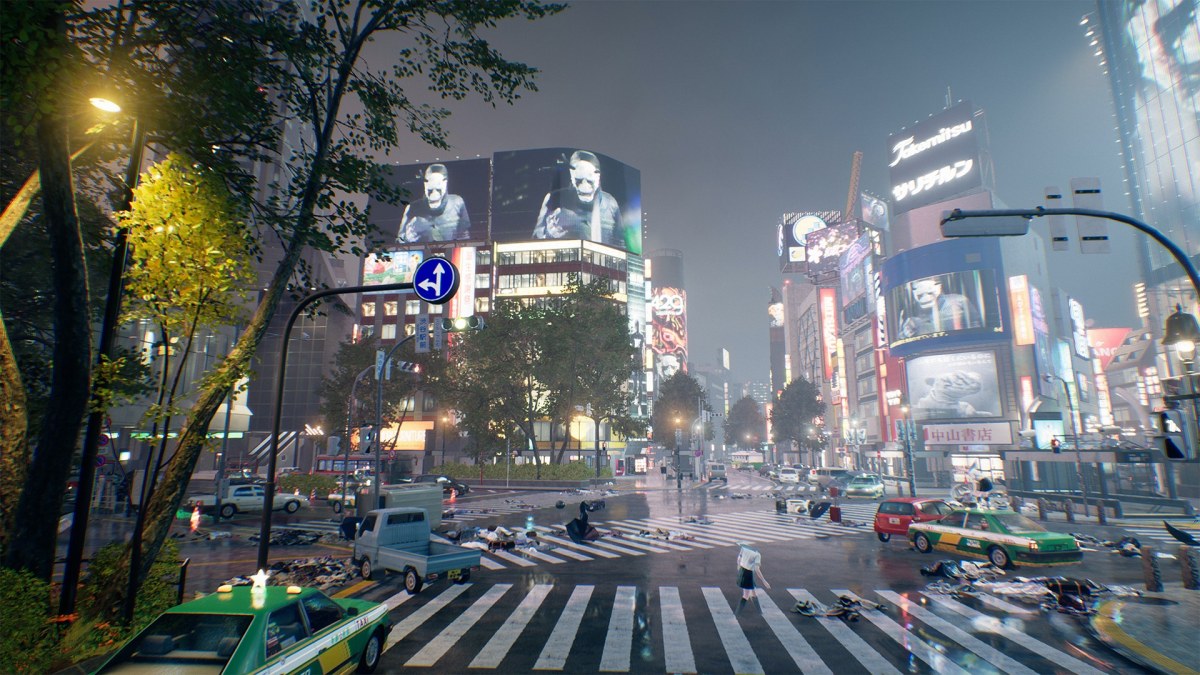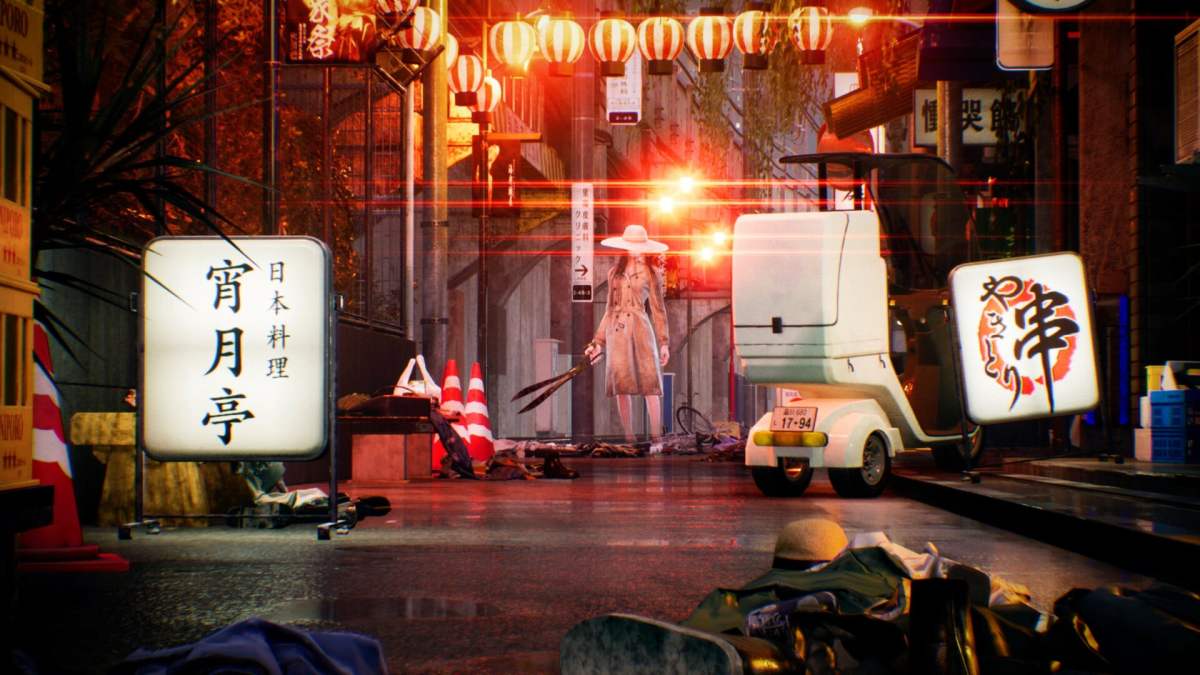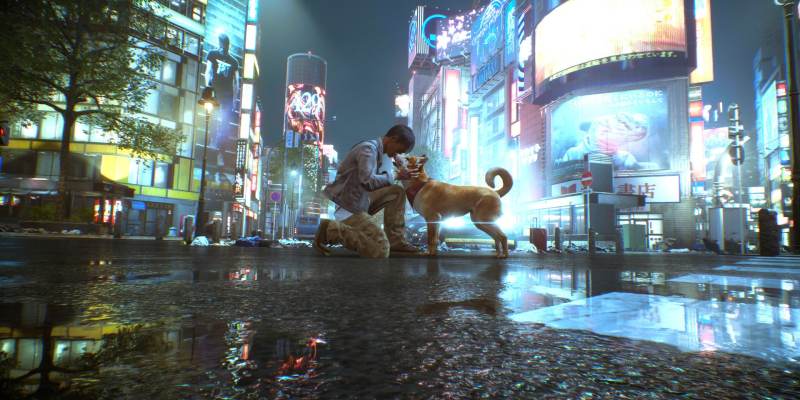The portrayal of Japan’s capital in Ghostwire: Tokyo might be my favorite depiction of a real-life city in any game ever, which is strange considering it’s set in the midst of a Rapture-like event where 99% of the citizens have vanished. Their shoes, clothes, and shopping bags lay in their exact spot of departure. But the bright lights, busy signage, and storefront jingles of Tokyo remain, because the event occurred so suddenly that nobody had time to turn them off. It kind of feels like wandering around a theme park after it closes, where all the guests have left, but the lights and sounds are still going.
While games like Watch Dogs have admirably strived to capture the entire breadth of a place like San Francisco or London in their interactive playgrounds, Ghostwire favors depth instead, making every street in Tokyo feel like it’s bursting with life, despite there being pretty much nobody alive. Tango Gameworks has something truly special on its hands here, and it has me longing to visit the city once again.
My recent hands-off look at the game revealed details about its story and combat, which I compared to a cross between Doctor Strange and Ghostbusters. And now that I’ve had a chance to go hands-on with the first few hours, I have a solid grasp of its general flow – in short, it has the player-dictated pace of a traditional open-world game.

I love that Ghostwire: Tokyo rarely railroads you to the next objective, instead letting you take your time and soak in the sights. It’s always clear where you have to go next to advance the story, but you’re encouraged to wander off the beaten path. And as much as I’ve been digging the core mystery surrounding protagonist Akito, his spirit pal KK, and the malevolent Hannya, it’s the moments where I’ve taken the time to meander around Ghostwire’s densely packed depiction of Tokyo that have really stuck with me.
Bumming around Tokyo in Ghostwire reminds me of the urban exploration contained in the free nights I had throughout Persona 5 Royal, but with the incredible density of the Yakuza games. Convenience stores manned by adorable kitten yokai beckon you to come in with their catchy jingles. Inside, you can buy all manner of stat-boosting snacks, from takoyaki to boba tea. Shinto shrines tucked in the middle of a bustling neighborhood convey a small pocket of serenity amidst the noise of a megalopolis, while also providing upgrades to your mystical combat abilities. There are narrow alleys lined with food stands and shops and multi-layered malls that allow you to reach the city’s rooftops. The subterranean depths of the Shibuya Station let you get completely lost, which is pretty much how everybody’s first trip to Shibuya Station goes.
I spent my first few hours in Ghostwire: Tokyo exploring every nook and cranny of the city. I loved stumbling upon a new neighborhood or finding a wandering spirit and helping them complete their unfinished business so they can move on to whatever comes next. Many of the kami you come across are drawn directly from Japanese mythology, meaning that anybody who’s put time into the Shin Megami Tensei or Persona games is going to find familiar creatures like Kappa, Tengu, Kodama, and Makami.

As I began unlocking more of the map by cleansing various Torii gates scattered across the city, more neighborhoods became safe to explore. Well, safe is a relative term – there’s still the occasional mob of ghouls roaming around, but these are both easy to avoid if you want to, and fun to fight if you don’t. But just looking at my in-game map, it’s clear there’s a lot to Tokyo that’s still drenched in fog, and I’m eager to see what the rest of the city has in store. Maybe some of my personal favorite spots, like the early-morning bustle of the Tsukiji Fish Market or the micro-bar mecca of Shinjuku’s Golden Gai, will pop up.
I’ve been fortunate enough to be able to visit Japan on more than half a dozen occasions for various work trips. Of all the places in the world I’ve missed during the past two travel-free years, Tokyo sits high atop that list. And while I’ve used video games as a means of virtual tourism during that time, nothing has come as close to the real thing as Ghostwire: Tokyo, which is one of the highest compliments I could ever give.
